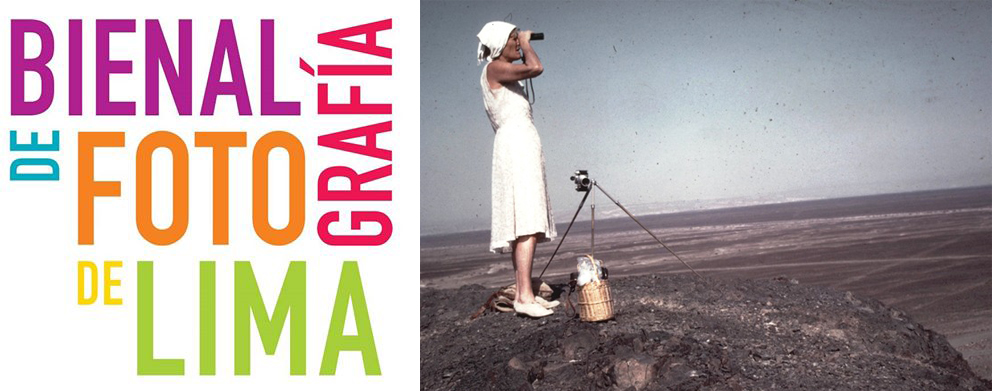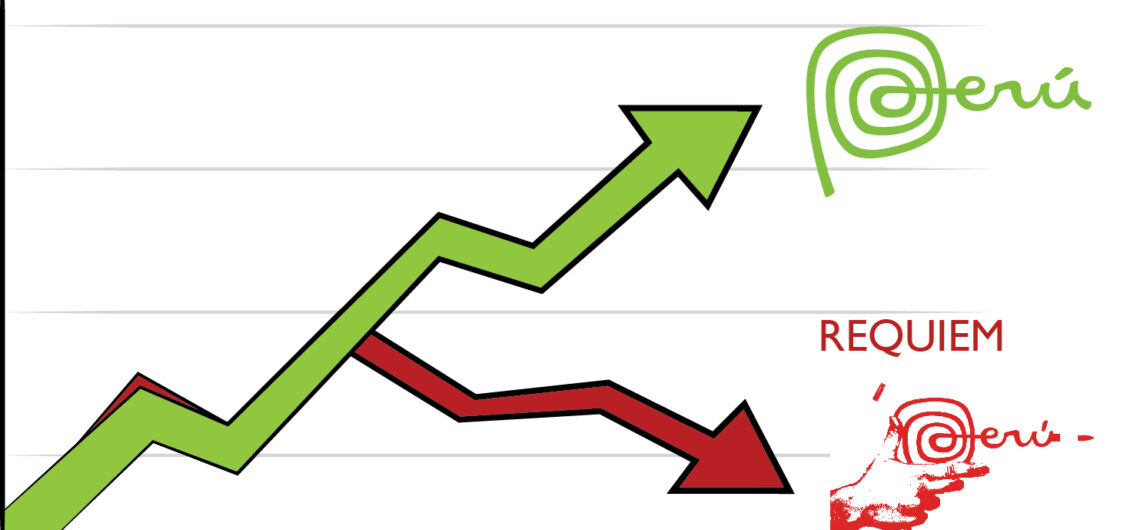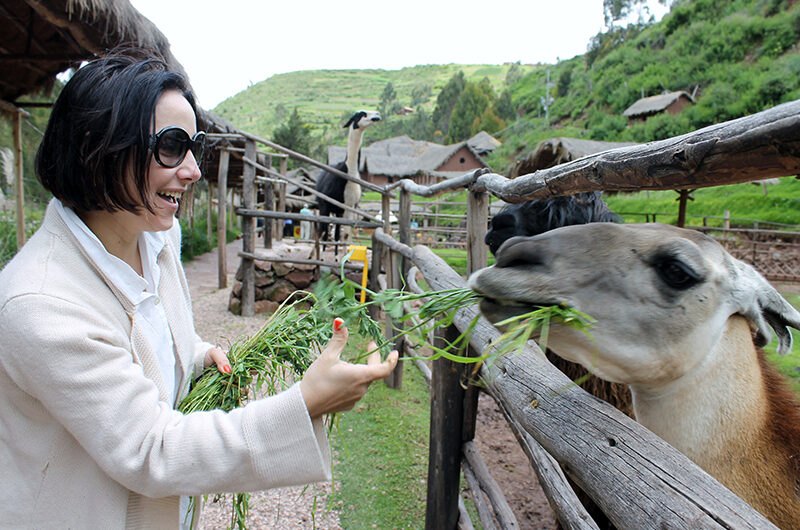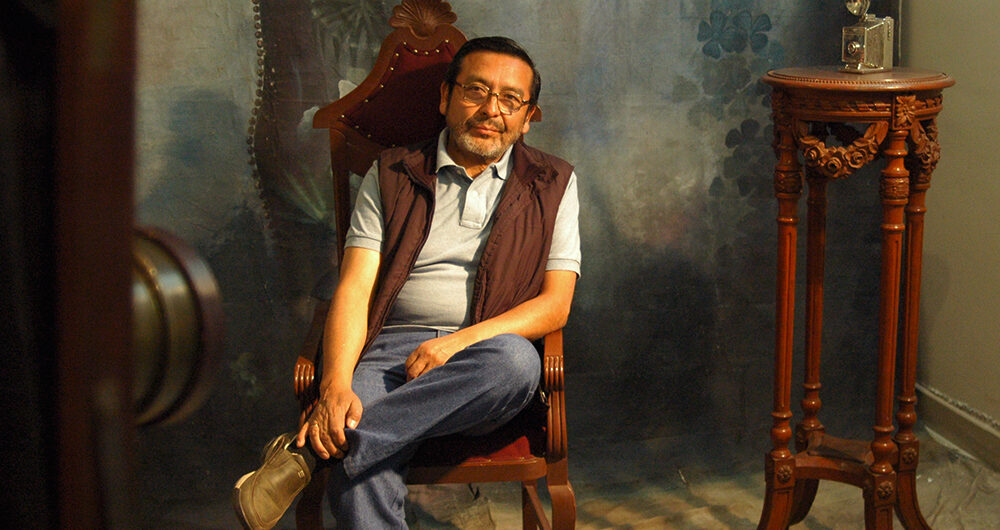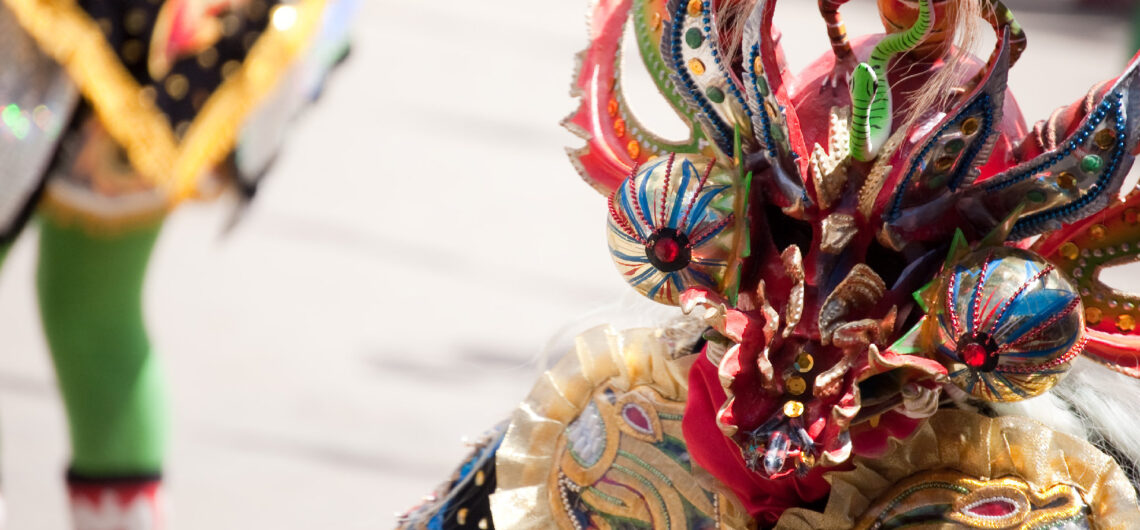Photos are big part of our work here at Aracari; it’s difficult to promote travel in Peru and Bolivia without stunning visuals. Not only do we often find ourselves sifting through oodles of photos of Machu Picchu, the Salar de Uyuni or Lake Titicaca to find that perfect shot to…
Specialist Guide Holly Wissler Holl Wissler, an ethnomusicologist, is one of Aracari’s specialist guides in Peru. Her academic research and wealth of experience in remote Andean communities puts her in a privileged position to share unique insight into rural andean life and the role of music in these communities. The…
Tourism in Peru over the past couple of decades has seen immense progress and growth, but with any development, the positive results are inevitably shadowed by accompanying negative effects. Looking at tourism in Peru, we could certainly sing an anthem, celebrating the many advances in infrastructure, management, quality of service…
My first time in Peru was like the first time I fell in love: intense, beautiful and overwhelming. So incredible I want to talk about it, so pour yourself a drink and sit down, dear readers: here we go, destination South America, the huge Andes and the mystical history of…
Chambi Archives: A Snapshot of the Past On a quiet side street in the city of Cusco , you will find the archives of Martín Chambi, one of the first indigenous photographers of Latin America to gain international acclaim. His photographs, which range from some of the first mystic shots…
Festivals in Peru, La Diablada At this time of year in Peru, many colorful festivals begin leading up to Holy Week. One of the most famous takes place in Puno by Lake Titicaca in early February called. La Virgen de La Candelaria, which features hundreds of traditional dances and brilliant…

